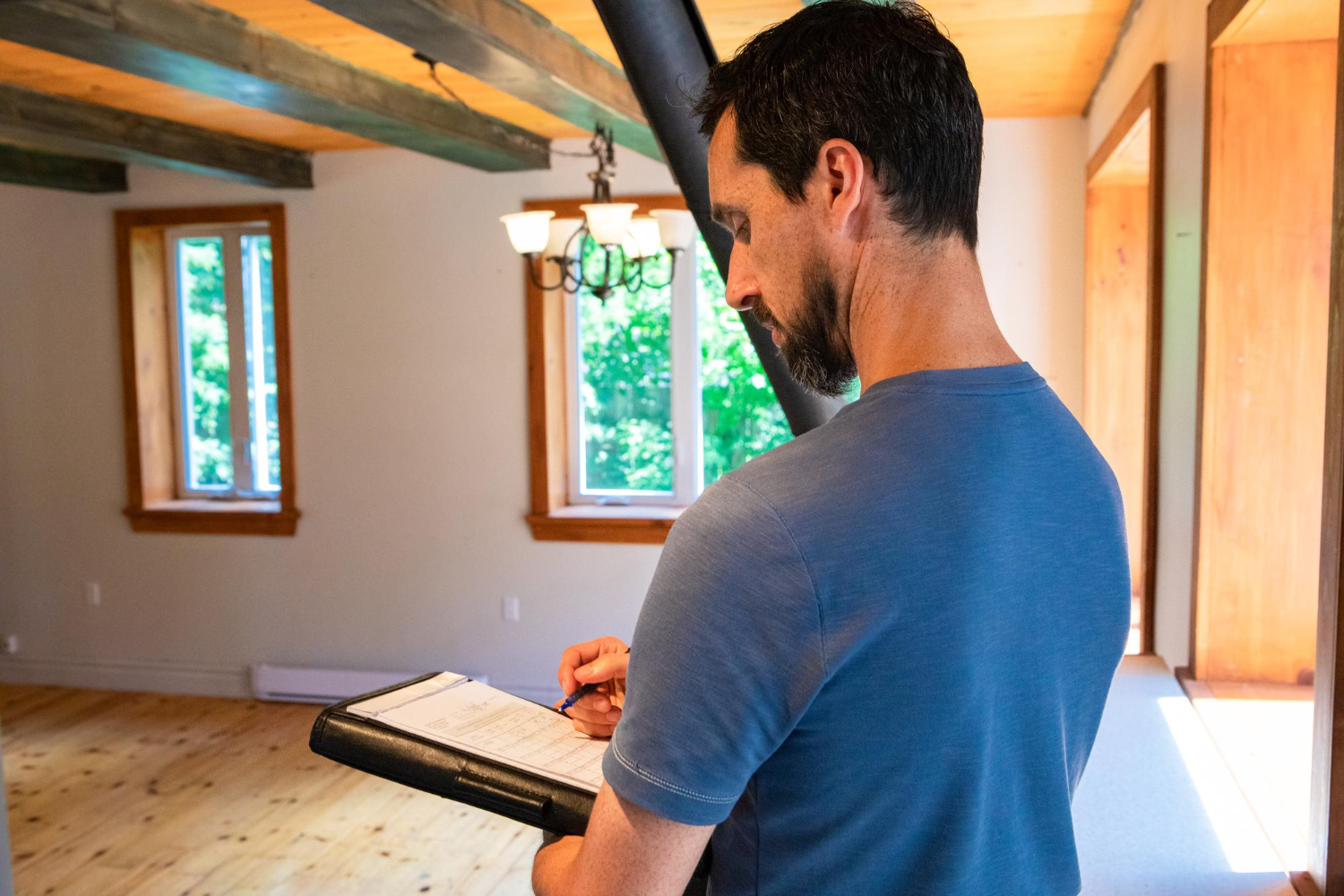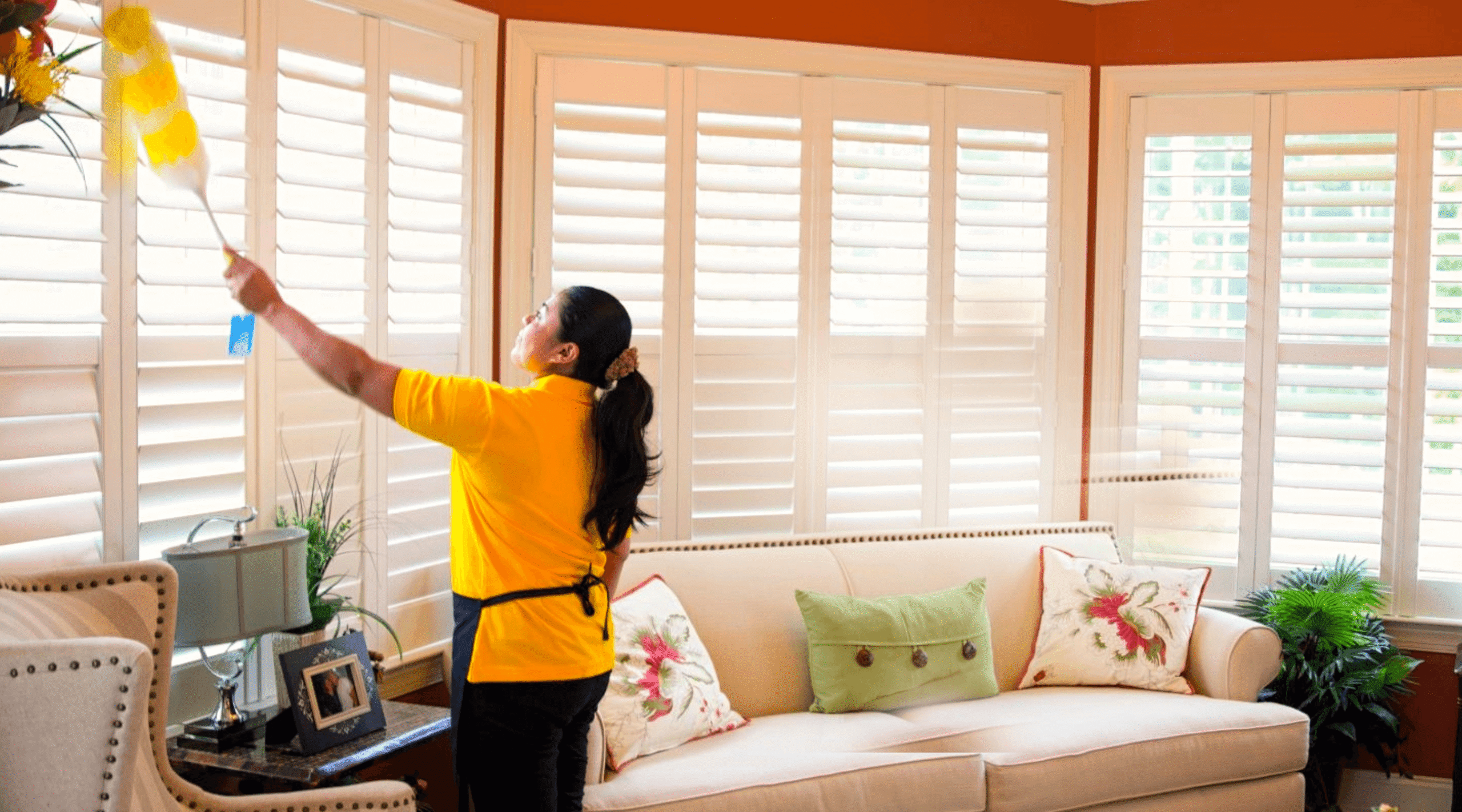When you’re getting ready to move, there’s enough on your plate without having to second-guess the final walkthrough. But that last inspection really matters. Whether you’re leaving a rental or settling into a new place, the final property check is where surprises can pop up. It’s how landlords decide if you’ll get your full deposit back, and it’s when you get a first real look at what you’re walking into or leaving behind. Skipping over it or rushing through can set you up for headaches later.
A proper inspection doesn’t have to be stressful, but it does need focus. From obvious damages to hidden wear and tear, knowing where to look helps you avoid blame for issues that weren’t yours or catching things before new responsibilities start stacking up.
The transition from one home to another is smoother when everything is spotted and noted from the start. Let’s run through what to watch for so you don’t miss a thing during your move-in or move-out in Maryland.
As you walk through your home for the final time, you want to check areas that show signs of use and wear most often. Even if you kept the place in good shape, normal daily life can leave traces. Some of these may be easy to fix, while others might need to be documented before someone else tries to charge you for them. If you’re moving into a new home, this step helps you know what’s already there and what needs fixing before you’re fully settled.
Here are key spaces and surfaces you want to double-check:
– Walls and ceilings: Look at corners, baseboards, and areas near air vents. Watch for peeling paint, cracks, dents, or marks from furniture scraping against the wall. Ceiling stains around vents or light fixtures might point to previous water damage.
– Floors and carpets: Scuffs on wood floors, chips in tiles, or carpet stains should be easy to spot in good lighting. Be sure to lift rugs or mats to see what’s underneath. Even small patches of damage can stand out during a move-out inspection.
– Windows and doors: Open and close every door and window. Listen for creaks or stuck hinges and check if the window locks still work. Cracks in glass or broken handles are things you’ll want noted early.
– Corners and edges: Dust and dirt build up around trim or behind doors. These overlooked areas often make a bad impression during a final check. Clean these out ahead of time, or you’ll be asked about them later.
Even if nothing jumps out at first glance, move slowly through each room. People tend to miss things when they’re trying to rush through it, especially during a big summer move when the heat outside makes you want complete everything fast. Take short breaks if needed, but don’t skip anything. A flashlight helps, and taking photos can give you quick proof if a future disagreement comes up. Putting in the effort now saves you frustration later.
Surface issues are one thing, but the stuff behind the walls is just as important. You don’t want to wait until your first week in a new place or your last hour before giving up the keys to find out the sink is leaking or there’s a short in an outlet.
There are a few systems and features to test before you sign off on a move-out or move-in. Even if things look fine, small problems can turn into big issues once regular use starts. Be thorough with these items:
1. Plumbing fixtures: Run water through all sinks, showers, and tubs. Make sure drains don’t clog and faucets don’t drip. Flush the toilets and listen for gurgles or slow refills. Even minor leaks can leave stains and smells behind when ignored.
2. Light switches and outlets: Flip each switch through the house and plug something into every outlet, even the tricky ones behind furniture or close to baseboards. A simple night light or phone charger can make this task easier.
3. HVAC vents and filters: Maryland summers get hot and sticky, so double-check that your AC works properly. Stand by each vent while the air is running to feel if it’s blowing cool air evenly. Dirty or clogged filters can hold odors or dust, which is more noticeable once the temperature rises.
Treat this part of your inspection like you’re trying to make the home comfortable again. Whether you’re fixing things before a move-out or making sure no problems get missed before you settle in, these basic checks help you catch things while you still can.
They also give you the chance to report them now instead of dealing with unexpected repairs later. Keep your checklist handy and jot down anything strange, even if you’re unsure how big the issue is. That record might come in handy if questions come up later.
Fixtures often get overlooked unless there’s an obvious issue, but leaving them out during your final inspection can lead to missed problems. It’s easy to assume things like light fixtures, appliances, and built-in furniture are working fine, especially if they’ve never given you trouble before. But wear and age can show up fast, especially if something hasn’t been used in a while.
Start with appliances. Open and inspect the fridge, oven, microwave, dishwasher, and washer and dryer if they’re part of the property. Make sure everything powers on and functions as expected. If the fridge light doesn’t work or the oven knob is loose, log it. Even if you’re moving in, now’s the time to spot issues you didn’t catch at first glance.
Take a few minutes to test each light fixture in the house. Replace any dead bulbs and check the surface area for dust, bugs, or staining. Ceilings near vents or lights can sometimes show signs of smoke or water residue. This type of grime builds up slowly, but during a final inspection, it’s the kind of thing that gets noticed quickly.
Cabinets, built-in shelves, and closets should also be opened fully. Pull-out drawers need to glide smoothly and close properly. Run your hands along shelf edges to check for any peeling laminate or loose joints. In Maryland’s summer heat, wood can swell slightly, which makes sticking drawers or warped cabinet doors more likely during this time of year.
An example: A client once moved into a rental and later found out one of the kitchen cabinets had a slow drip coming from a pipe tucked in the back. The cabinet bottom had gone soft. They didn’t catch it during the initial walk-through because they never opened the under-sink door. A few weeks later, it turned into a repair headache and a finger-pointing situation with the landlord. Catch little issues like this early.
Exterior spaces need just as much attention during your final inspection, especially in Maryland summers, when weather can wear things down faster than expected. Heat, humidity, bugs, and heavy rains can all leave their mark. It doesn’t matter if it’s a small front patio or a large backyard, it’s worth walking through every outdoor space that comes with the property.
Start by giving the outside walls a once-over. Look for peeling paint, soft wood, mildew near the foundations, or small cracks in the siding. If you see signs that water’s been sitting in one spot, check gutters and downspouts nearby. These areas can get clogged with leaves and cause overflow during summer storms, which leads to exterior damage that’s not always obvious right away.
Then look at the roofline and eaves. Stand back and see if anything seems out of place. Shingles that are missing or slanted, metal flashing sticking out, or bird nests tucked near vents. You don’t need to get up on a ladder, but visual checks matter, especially when you’re moving out and want to avoid being responsible for something unnoticed.
Concrete paths, driveways, and patios can crack with time. Small cracks aren’t a big deal, but if they’ve widened or look uneven, flag them. Check for loose railings, steps that shift when stepped on, or broken tiles on porch floors.
For garden areas, make sure lawn tools, hoses, or decorations have been stowed away. Don’t forget the trash bins. Sometimes people leave them behind, and it’s unclear if they belong to the property until someone brings them up.
Even if you’re renting a unit that shares outdoor spaces with others, inspect what’s accessible to you. Balconies in shared buildings often get overlooked, but they come with wear, too. Look at railings, floors, and drains, especially if there’s been heavy rain recently.
By the time your final inspection rolls around, it’s natural to want to rush to the end. Still, doing one last walkthrough with clear steps helps catch any final issues. This part doesn’t need to be long, but it does need attention.
Keep a simple checklist on your phone or printed out. It should include the rooms, fixtures, appliances, outdoor spots, and utility checks you’ve already walked through. As you go room by room, check off everything that looks good and snap a quick photo of anything that looks off. You don’t have to take hundreds of pictures, just the ones that show proof of condition in case a dispute happens later.
Here’s a basic list of what can help during this walkthrough:
– Turn on all lights and test every switch one more time
– Flush toilets and run faucets one last time
– Check that all drawers, cabinets, and closets are empty
– Look behind doors and under sinks for forgotten items
– Take dated photos of any scuffs, stains, or broken fixtures
– Snap exterior photos, including gates, lawn, and porch areas
– Test locks and window latches to confirm everything secures
After walking the space, write a few notes if needed. These could be reminders for the property owner or even things you want to remember for a future move. If the place was cleaned recently, do a basic sweep with your eyes to make sure surfaces look tidy and the air smells fresh. During the August heat, stale odors or musty corners can feel stronger, so don’t overlook this part.
When you’re done, give the landlord or property manager a heads-up if anything seemed off during the walkthrough. Doing this clearly and early can help you avoid difficult conversations later.
A careful property inspection helps protect both sides of the move. For tenants, it’s about making sure you’re not blamed for damage you didn’t cause. For new homeowners or renters, it’s a chance to get started in a clean, safe, fully functioning space. Skipping steps or rushing through can lead to frustrating phone calls, surprise costs, or extra cleanup.
Spending a little time now checking small things like fridge lights or loose porch tiles helps set a better tone going forward. A good inspection means fewer worries after boxes are unpacked or the keys have been turned in. Add in a clean home, inside and out, and you’ll put yourself ahead of the game.
Whether you’re settling into a new place in Maryland or leaving one behind, taking inspection steps seriously can help you avoid mix-ups and move forward with confidence. It’s one less thing to worry about, so you can focus on the more exciting parts of starting fresh.
Ensure your moving process is hassle-free with Laly’s Cleaning Services. Whether you’re settling into a new home or preparing to leave one, our expert touch can make all the difference. Discover the peace of mind you deserve with our cleaning services in Maryland, ensuring every corner is spotless and ready for inspection. Trust us to handle the details, so you can focus on making your new start truly enjoyable.

